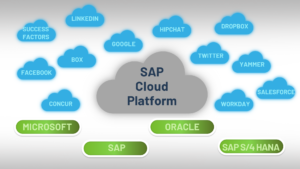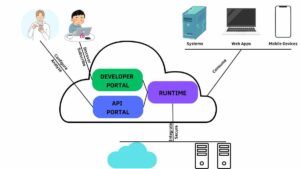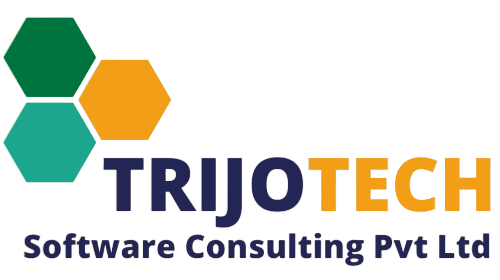Introduction
In today’s fast-paced business environment, however, integration is the linchpin that holds together disparate systems, fostering seamless collaboration and unlocking new opportunities for innovation. Moreover, among the myriad of integration solutions available, SAP Business Technology Platform (BTP) stands out as a powerful enabler of digital transformation. In this regard, In this blog, we will explore key integration strategies with SAP BTP and delve into how businesses can leverage its capabilities to enhance efficiency, agility, and competitiveness.

Unified Data Landscape with SAP BTP:
SAP Business Technology Platform (BTP) promotes a unified data landscape by seamlessly connecting disparate data sources, breaking down silos and providing a single view across departments. This integration improves decision making, advances data insights and lays the groundwork for future innovation. BTP not only harmonizes data, but also ensures governance, data quality and compliance. The platform and its centralized data warehouse simplify access, accelerate analysis and facilitate digital transformation, enabling organizations to leverage AI and ML for predictive, data-driven decisions and sustainable competitiveness.
SAP Process Integration (PI/PO):
SAP Process Integration (PI) and Process Organization (PO) play a central role in streamlining business operations. While PI excels at internal application-to-application (A2A) integration, data consistency and operational efficiency, PO extends its capabilities to business-to-business (B2B) integration and advanced instrumentation. PO introduces Business Process Management (BPM) for complete process automation. Both platforms include a service-oriented architecture for modular, reusable integration scenarios. Robust monitoring ensures real-time data, error handling and system stability. Essentially, SAP PI and PO provide businesses with customizable tools to seamlessly integrate systems, automate processes, and improve overall operational agility.
SAP Cloud Platform Integration (CPI):

Connectivity Across Applications:
One of the strengths of SAP BTP is its ability to connect different applications, whether on-premises or in the cloud. SAP BTPand#039; using integration services, companies can synchronize processes across their application world. This ensures a smooth flow of information between different business units, reduces latency and improves overall operational efficiency.
Event-Driven Architecture with SAP BTP:
SAP BTP supports event-driven architectures that enable businesses to respond to critical events or ecosystem changes in real time. This approach allows organizations to automate processes, trigger actions based on certain events and improve their responsiveness to market dynamics. Whether it’s inventory updates, customer interactions or market fluctuations, the event-driven architecture powered by SAP BTP keeps businesses agile and active.
API Management with SAP BTP:
Effective integration often depends on strong API management. SAP BTP provides comprehensive API management tools that enable companies to securely create, publish, and manage APIs. This not only facilitates seamless communication between different systems. It also opens up new opportunities for collaboration with external partners, customers, and developers. The ability to monetize APIs can also be an additional source of revenue for companies.

Custom Development (ABAP, Java, etc.):
In some cases, custom development using programming languages like ABAP (Advanced Business Application Programming) or Java may be required for specific integration scenarios.
Key Features:
- Tailored solutions for unique integration needs.
- Close integration with SAP systems.
Intelligent Technologies Integration:
SAP BTP integrates seamlessly with intelligent technologies such as artificial intelligence (AI) and machine learning (ML). This integration empowers businesses to infuse intelligence into their processes, making them more predictive and responsive. For instance, by integrating SAP BTP with AI models, businesses can automate decision-making. They can also enhance customer experiences and optimize operations based on real-time insights.
Scalability and Flexibility with SAP BTP:
In a constantly evolving business environment, scalability and flexibility are paramount. SAP BTP provides a cloud-based environment that enables companies to dynamically scale their integration solutions. This ensures that as business requirements change or grow, the integration architecture can adapt without significant disruption. Thanks to the flexibility of SAP BTP, companies can stay at the forefront of development and respond quickly to market demands.
Conclusion:
As companies continue their digital transformation journey, the role of strong integration strategies cannot be overemphasized. SAP BTP is emerging as a key player in this arena. It offers a comprehensive set of tools and services that enable organizations to build agile, connected, and intelligent businesses. Using SAP BTP’s integration opportunities, companies can promote innovation, improve collaboration, and position themselves as leaders in an increasingly competitive business environment. Essentially, SAP BTP becomes a catalyst for companies to unlock synergies and embark on a transformational journey towards a more coherent and sustainable future.
To read more of our blogs you can surely click here.
Moreover, you can check our video blog also – Trijotech

